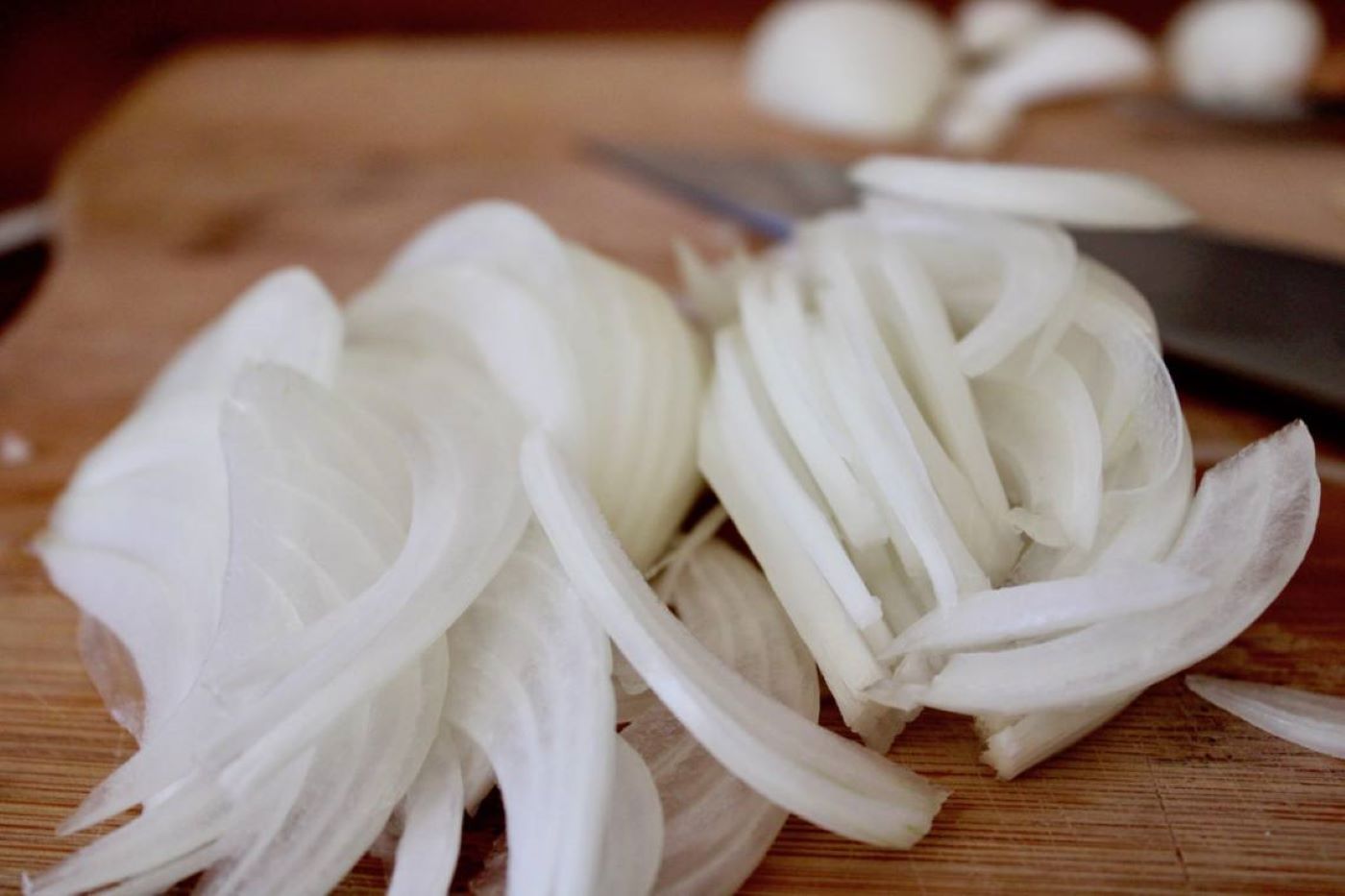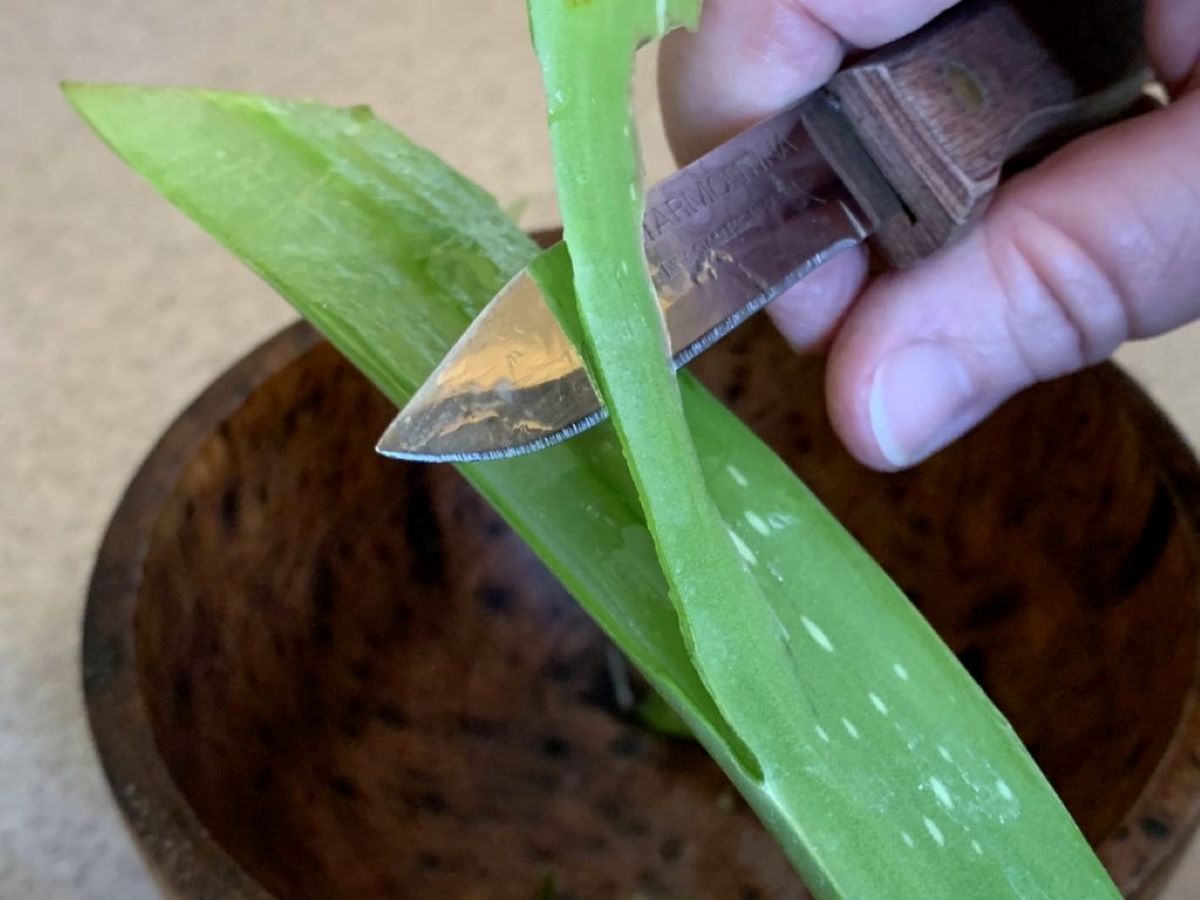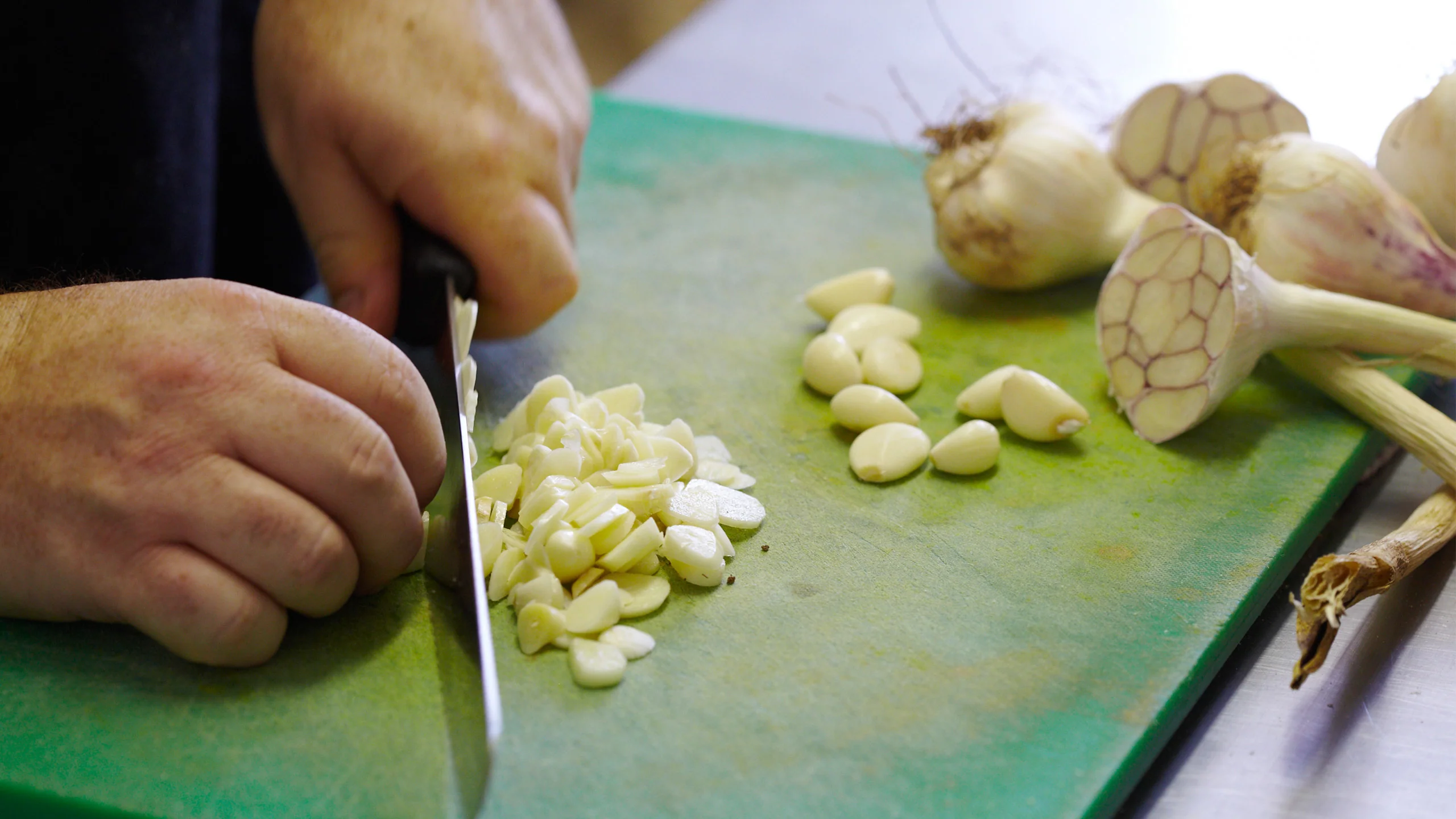How To Cut Chayote For Caldo
If you’ve ever tried cooking caldo, a warm and comforting Mexican soup, you might have come across chayote as one of the key ingredients. Chayote, also known as vegetable pear or mirliton, is a versatile and nutritious vegetable that adds a delicious flavor and texture to the soup. While cutting chayote may seem intimidating at first, with a few simple steps, you’ll be able to master this essential skill for preparing caldo.
What You’ll Need
- A fresh chayote
- A sharp knife
- A cutting board
Step-by-Step Guide
- Start by rinsing the chayote under cold water to remove any dirt or residue.
- Place the chayote on the cutting board and firmly hold it in place with one hand.
- With the other hand, use a sharp knife to carefully slice off the stem end of the chayote. This will create a flat surface for stability.
- Now, stand the chayote on its flat end and slice it vertically in half, from top to bottom.
- Take one of the halves and use the knife to carefully remove the seed in the center. Make sure to scoop it out completely, as it is not edible.
- Once the seed is removed, you can choose to peel the chayote if desired. Chayote skins are edible and offer additional nutrients, but peeling them can make the texture smoother.
- To peel the chayote, run the knife under the skin in a downward motion, following the contour of the vegetable. Repeat until all the skin is removed.
- Now that your chayote is prepared, you can proceed with cutting it according to your preference. Some recipes call for chayote to be thinly sliced, while others might require it to be diced into cubes.
- For thin slices, place one chayote half flat-side down on the cutting board, and cut it crosswise into even slices of your desired thickness.
- If you prefer diced chayote, start by cutting the chayote half lengthwise into long strips. Then, stack the strips and cut them crosswise into cubes.
And there you have it – the perfect way to cut chayote for caldo! Once you’ve mastered this technique, you’ll be able to effortlessly incorporate chayote into your soup, adding a delightful and nutritious element to your caldo. Enjoy!
More Delicious Chayote Recipes to Try
Now that you've mastered cutting chayote for caldo, it's time to put your skills to the test with a variety of recipes that incorporate this versatile ingredient. Try the classic mexican caldo de pollo for a traditional touch or experiment with the chayote chicken soup for a hearty meal. For those looking for something different, the chayote and roasted garlic soup is highly recommended due to its unique flavor profile. Each recipe offers a chance to refine your technique and impress with your culinary prowess.
Was this page helpful?
Read Next: How To Cut Cabbage For Cabbage Rolls










